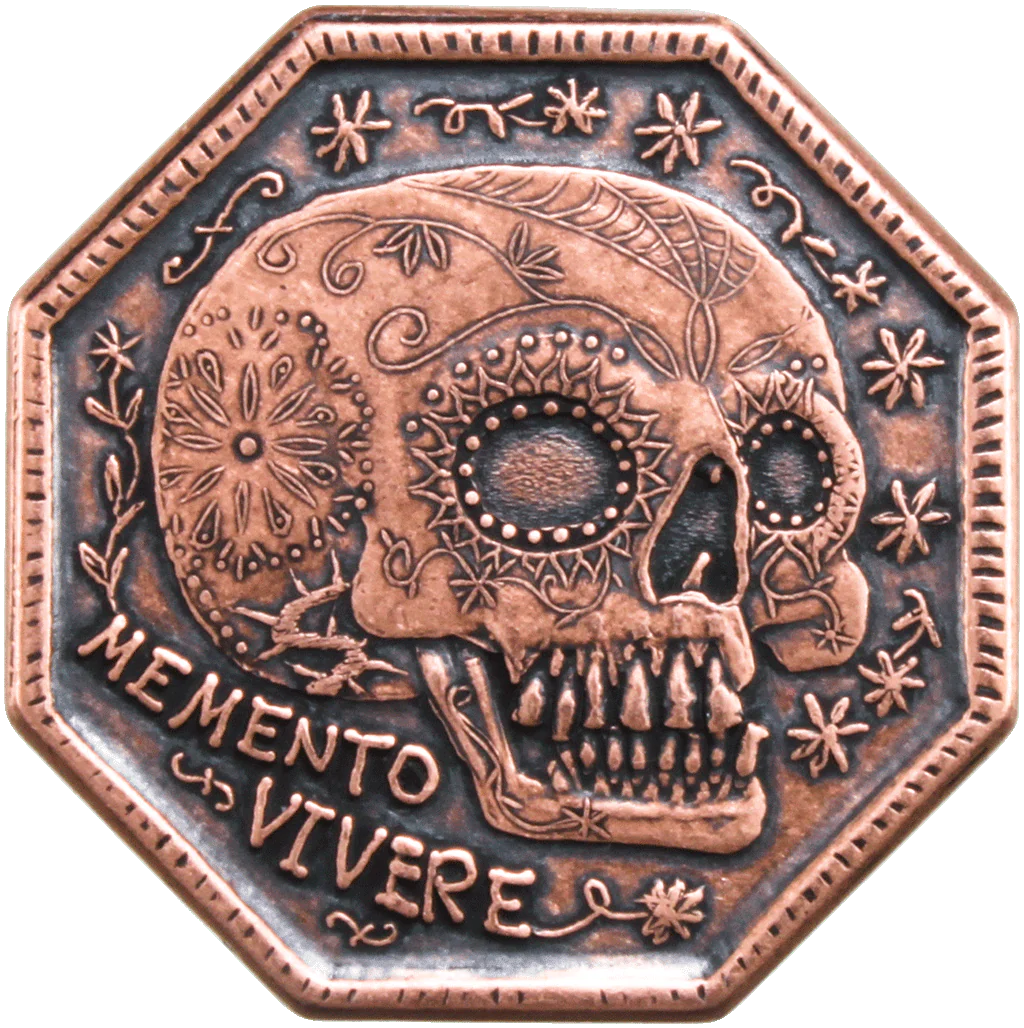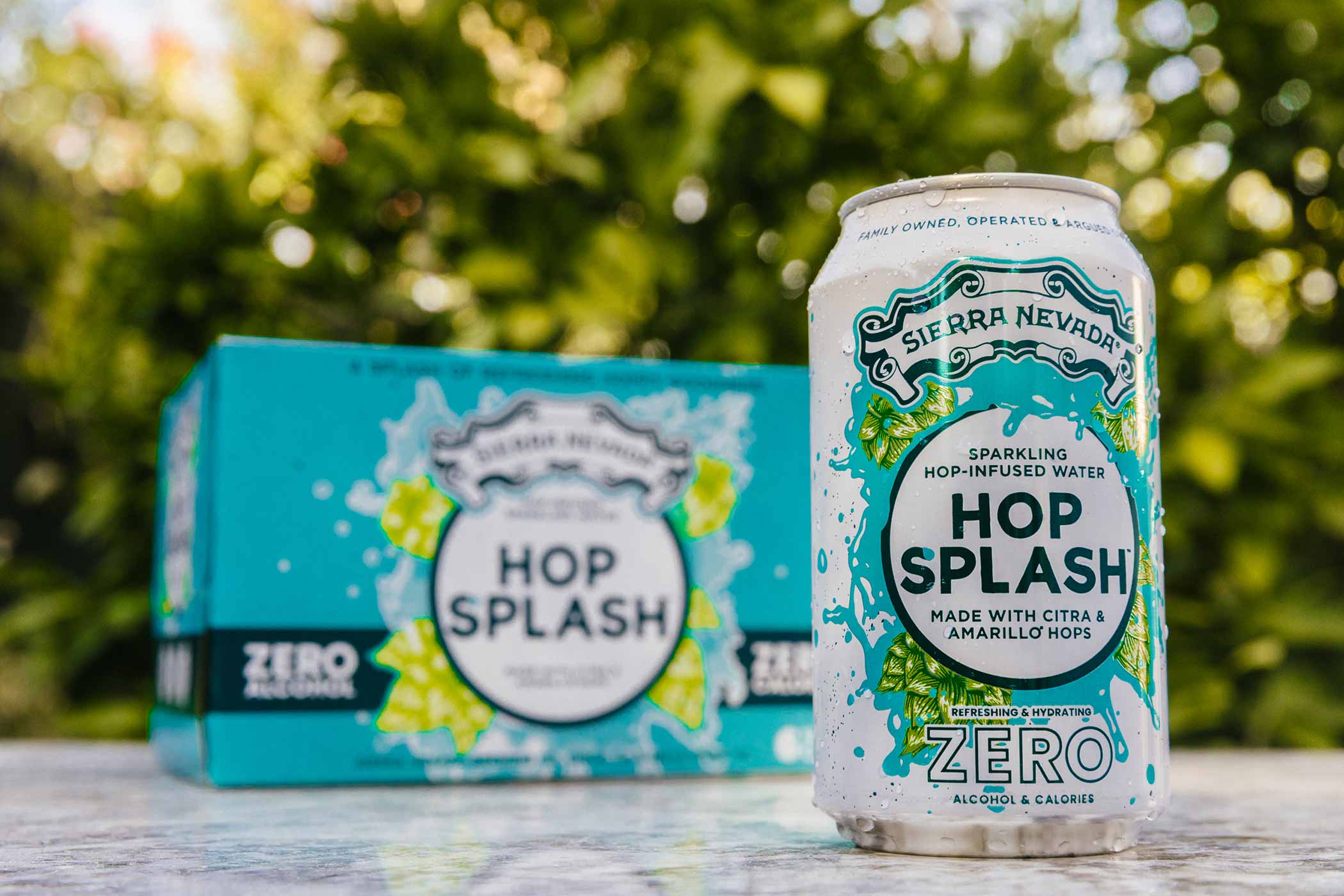What Happened?
A few years ago, reports began circulating online about a blue whale being discovered with massive bite marks—effectively leaving it bitten in half. This raised a slew of questions from marine biologists, scientists, and the general public alike. Blue whales, after all, are not only massive but are also generally invulnerable to natural predators due to their size. So, what could have caused this?
The idea of a blue whale, the largest animal to ever roam the seas, becoming prey is unsettling. However, nature has its surprises, and the ocean depths hide creatures far more dangerous than we often imagine.
Possible Explanations: The Usual Suspects
1. Orcas (Killer Whales)
Orcas are known for their predatory skills and their ability to take down large marine animals, including young whales. In fact, orcas have been observed working together to target whale calves or injured adults. However, while they may attack and kill smaller whales, an adult blue whale would be a tremendous challenge for even a pod of orcas.
Though some experts speculate that a group of orcas could have attacked the blue whale, many argue that orcas don’t typically target whales to the point of biting them in half. They’re strategic hunters that tend to go after softer, more accessible parts of their prey.
2. Great White Shark
Another strong contender is the great white shark. Great whites are apex predators in many marine environments, and there have been recorded instances of them preying on whales. However, just like orcas, great white sharks would struggle to take on a fully grown blue whale due to its sheer size. They are known for scavenging on whale carcasses but not for outrightly biting them in half.
Great whites could certainly deliver a lethal bite to a smaller whale or other sea creatures, but an adult blue whale seems to be out of their league. Still, it’s possible that a great white could have scavenged an already injured or dead whale, making the bite marks appear more brutal.
3. Megatooth Shark or Other Deep-Sea Creatures
Now, this theory delves into the world of the unknown. Some marine enthusiasts have speculated about the presence of prehistoric-like creatures or large deep-sea animals still lurking in unexplored parts of the ocean. This includes theories about the existence of Megalodon, a giant prehistoric shark that could reach lengths of up to 60 feet.
While the notion of a megalodon still existing is largely dismissed by scientists due to the lack of credible evidence, it’s fun to entertain the idea. If such a predator did still roam the oceans, a blue whale might indeed be vulnerable. However, without solid evidence, this remains in the realm of speculation and fiction.
The Most Likely Explanation
While the theories above provide entertaining speculation, experts tend to lean towards a more logical explanation: the whale was likely already dead or severely injured before being scavenged by predators.
Scavenging Behavior
When marine animals die, their bodies drift in the ocean, becoming food for a range of scavengers. In this case, it’s entirely plausible that once the blue whale died, its carcass attracted various oceanic scavengers. These creatures, ranging from sharks to smaller fish, could have caused the bite marks that led to the ‘bitten in half’ appearance.
While orcas or great white sharks could easily feed on a deceased whale, the idea that the whale was attacked while alive is less convincing. Decomposition, combined with multiple scavengers feeding on the carcass, might have contributed to the sensational nature of the bite marks.
The Role of Social Media
It’s worth noting how social media played a significant role in this story gaining traction. The phrase “blue whale bitten in half” quickly spread across platforms, leading to sensational headlines and wild theories. With little context or scientific analysis, many people assumed a predator attacked the whale while it was alive. In reality, nature often works in less dramatic ways than we think.
Ocean Mysteries: What We Don’t Know
Despite our advanced technology and understanding of marine biology, the oceans remain one of the most unexplored and mysterious parts of our planet. Creatures large and small swim through the depths, and new species are still being discovered every year. While it’s exciting to think about giant predators, the truth is that much of ocean life involves smaller, more mundane processes like scavenging and decomposition.
However, that doesn’t mean we can’t continue to be fascinated by stories like these. After all, they remind us that the ocean still holds many secrets—some of which may never be revealed.
Conclusion
The blue whale bitten in half is an event that captured the imagination of many. While it’s tempting to jump to conclusions about giant predators or deep-sea creatures, the most likely explanation is far simpler: the whale had already died or was gravely injured, and the bite marks were caused by scavengers.
Nature is full of mystery, and while the ocean may not house prehistoric sharks, it does contain many surprises. Whether or not we ever find out the full story behind this particular incident, it’s a reminder that even the mightiest creatures are not invincible in the vastness of the ocean.
FAQs
1. Can a blue whale be attacked by any predators?
Adult blue whales are generally too large to be attacked by predators, but orcas may target calves or injured adults. However, blue whales are more vulnerable after death when scavengers feed on them.
2. Could a great white shark bite a blue whale in half?
While a great white shark can bite large animals, biting a blue whale in half is unlikely. They may, however, scavenge an already dead whale, contributing to the appearance of large bite marks.
3. Is the megalodon still alive?
There is no scientific evidence to support the existence of the megalodon today. It is believed to have gone extinct millions of years ago.
4. What is the largest predator of blue whales?
The largest predator capable of attacking blue whales is the orca, but they typically target younger or injured whales rather than healthy adults.
5. How did social media contribute to the “blue whale bitten in half” story?
Social media amplified the story by spreading sensationalized headlines, which led to various theories and misinformation regarding the event.

 TECH1 week ago
TECH1 week ago
 TECH1 week ago
TECH1 week ago
 APPS1 week ago
APPS1 week ago
 TECH1 week ago
TECH1 week ago
 TECH1 week ago
TECH1 week ago
 TECH1 week ago
TECH1 week ago
 TECH1 week ago
TECH1 week ago
 ENTERTAINMENT1 week ago
ENTERTAINMENT1 week ago



